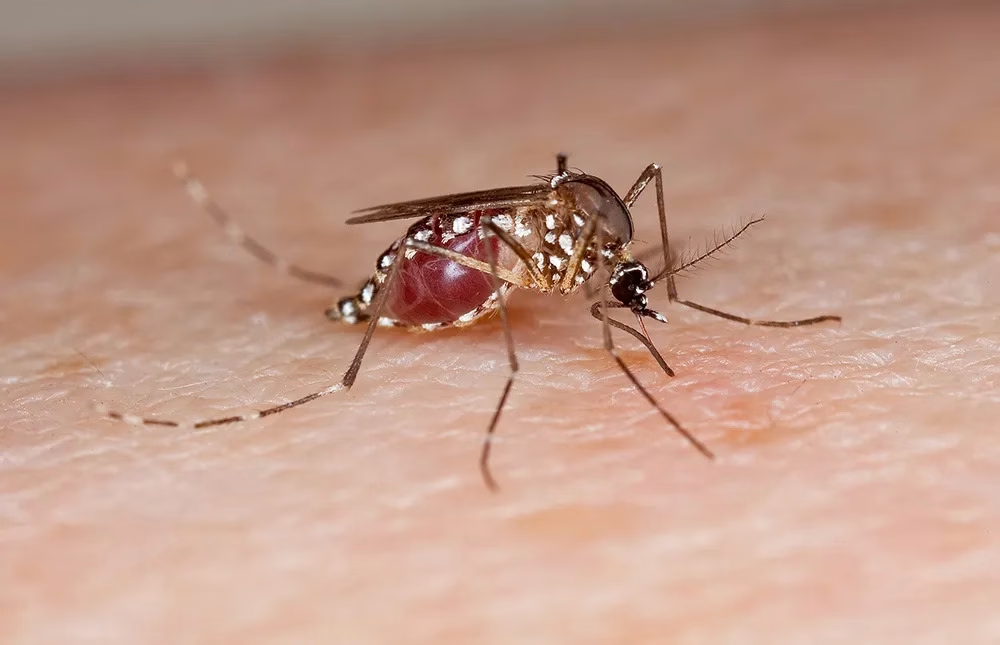Bangladesh is seeing a noticeable increase in Chikungunya cases this monsoon, with many hospitals reporting fresh admissions almost every day. It is a mosquito-borne viral disease caused by the Chikungunya virus that spreads from aedes mosquitoes to humans. Hence, it is kind of hard to tell it apart from initial inspection from other mosquito-borne diseases such as Dengue.
“Although it is often confused with Dengue due to the overlapping symptoms, they are not the same things,” explained Dr. Shaha Md. Ashrafozzaman, Associate Professor of Medicine at Mymensingh Medical College.
The Chikungunya symptoms appear fast, mostly within 3-7 days of being infected by a mosquito bite. The common symptoms are:
- Sudden high fever
- Severe joint and muscle pain
- Rash
- Headache
- Fatigue
Dr. Shaha emphasised that while Chikungunya does not usually lead to internal bleeding or
shock like dengue, the lingering joint pain can be quite brutal, particularly for older patients. It is rarely fatal, and most people can recover from it at home.
“However, it can cause severe joint pain and weakness that may last for weeks, sometimes even for months. Unlike dengue, the pain is much more intense and can make you feel terrible,” he added. “If the pain lasts for months or if the patient has any kind of immunodeficiency disease, then he or she should go to a hospital or consult with a doctor.”
The rainy season is the time when Chikungunya is most rampant. It is mostly prevalent in Africa, America and Asia. The transmission peaks in areas with high humidity and temperatures.
“The rainy season is the worst time for mosquito-borne diseases because stagnant water creates the perfect breeding ground for Aedes mosquitoes,” said the doctor. This year, Chikungunya and other mosquito borne diseases have hit Bangladesh exceptionally hard.
“We have recorded a notable increase in suspected and confirmed Chikungunya cases this year, especially compared to the few cases we saw last monsoon,” he said. “This year’s early monsoon has greatly contributed to this.”
There is currently no specific antiviral treatment for Chikungunya. Although, the United States has launched two vaccines for Chikungunya, these are not widely available. These are not available in Bangladesh either. Supportive care is the main approach in the case of Chikungunya.
Dr. Shaha advises:
- Adequate rest
- Proper hydration
- Paracetamol for fever and pain
- Gentle physiotherapy or stretching to ease joint stiffness
“Most patients recover within a couple of weeks, but some may suffer joint pain for months,” Dr. Shaha noted. “In those cases, gentle physiotherapies can also help ease the joint pain.”
Since both Chikungunya and dengue are spread by Aedes mosquitoes, the preventive measures are similar:
- Use mosquito nets
- Keep surroundings free of stagnant water
- Wear long-sleeve clothing, especially at dawn and dusk
- Use mosquito repellents when outside
Chikungunya spreads through Aedes mosquitoes and it is the responsibility of the government to take strong public health measures to dial down the spread.
“Beyond the individual endeavours, the authorities must step up. Regular cleaning of stagnant water, community awareness campaigns and citywide fumigation drives are a of extreme importance. Knowing the differences between Chikungunya and Dengue and responding fast once the symptoms appear can also help,” he concluded.
Only through the combined efforts of both the people and the authorities, can we hope for a viral infection free monsoon this year.


